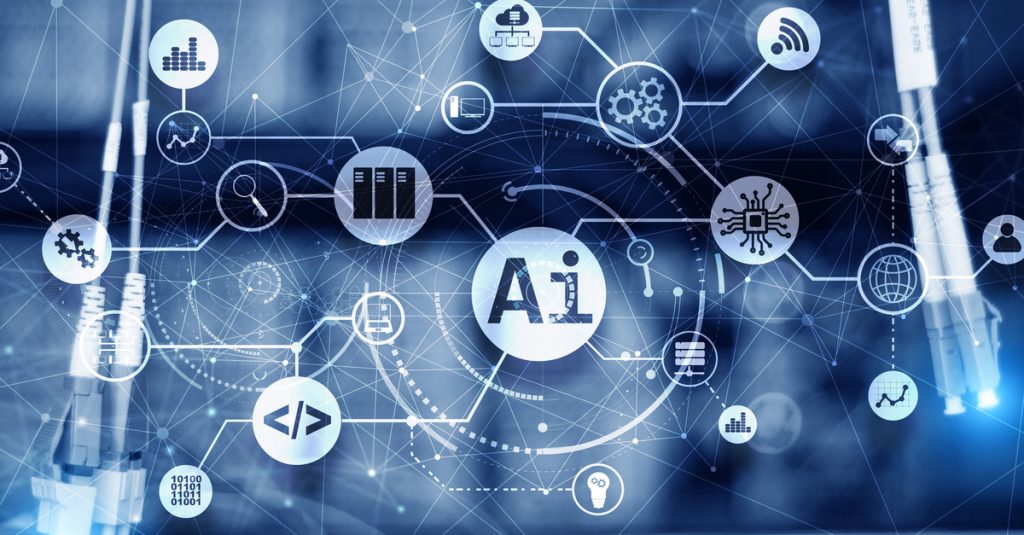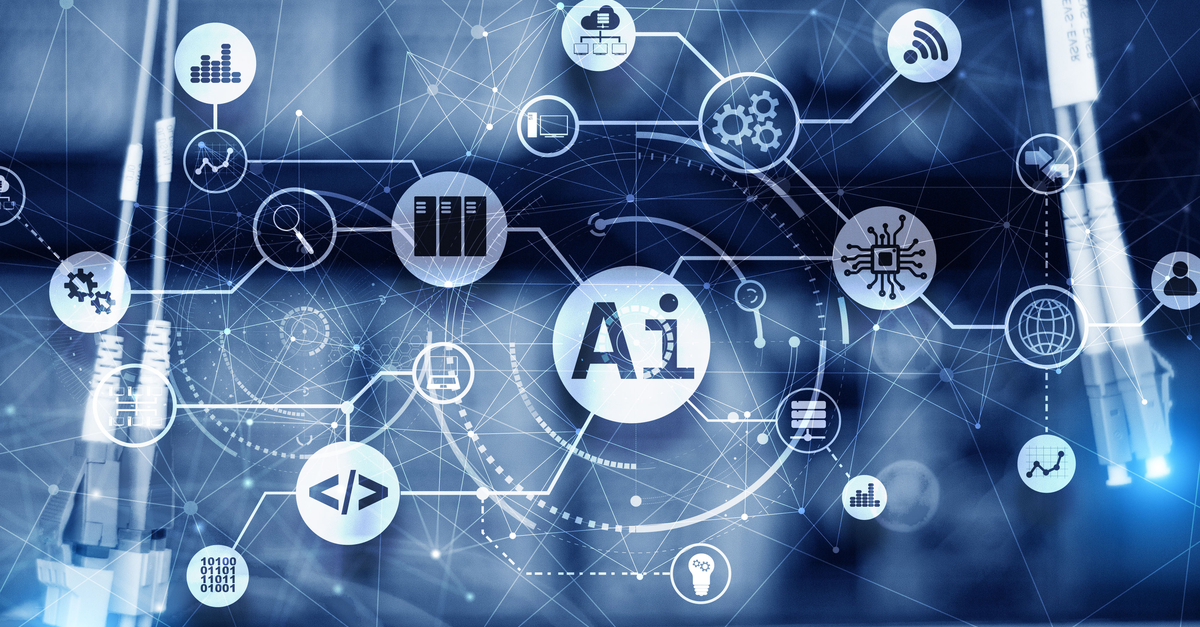The current global market is throwing challenges that enterprises are finding hard to tackle. These include rising consumer demand, shrinking workforce, recurring operational overheads, archaic workflow etc. Much of these have been further aggravated by the ongoing Covid 19 pandemic. As a result, enterprises are facing slowed down employee productivity and finding it hard to maintain the quality and service levels required to stay competitive.

To overcome these challenges, organizations are now turning to workflow automation. This pathbreaking technology designs, streamlines, and automates a series of repetitive tasks based on pre-defined business rules. These tasks range from an employee’s payroll queries to password reset request; from autopiloting multiple marketing campaigns to scheduling follow-up with sales leads and so on. Each of these tasks get automatically routed to the concerned departments for a quick and timely resolution. It has not only helped enterprises address all market challenges but also iron out their process flaws.
ServiceNow, a leading digital workflow solutions provider, has taken workflow automation a notch above by introducing artificial intelligence and analytics capabilities into the solutions. In this article, we will explore more about AI-powered ServiceNow automation platform.
ServiceNow Workflow Automation- Now Intelligence
ServiceNow integrated Now Intelligence to its workflow automation solution, Now Platform. Now Intelligence is a combination of search and automation features, machine learning (ML) frameworks, and natural language processing (NLP) algorithms. These features work in unison to deliver enhanced employee productivity and customer experience. Here’s taking a better look at how these features work:
Search and Automation
AI search function is based on contextual AI that allow chatbots to interpret and address user requests like a human. It delivers highly accurate user query resolution, thereby providing a consumer-grade experience for employees.
Automation discovery identifies processes that can be automated using auto-routing, virtual agents, and other such ServiceNow applications. This increases deflection and reduces mean time to recovery.
Machine Learning Frameworks
ML classification algorithms drive automatic labelling of incoming user requests. This labelling is done based on priority, request type, and assignment group.
Similarity learning capability analyses documented history and knowledge articles about events and accidents. Based on this analysis, machine learning algorithms predict the possibility of similar incidents and suggest on relevant actions to avert such incidents.
Regression algorithms make an accurate prediction of time an agent will take to resolve issues. This allows customers to know what to expect.
Natural Language Processing
Foundational NLP identifies the most relevant data from an information block. It then converts the data into text or speech and gauges emotional value of the same.
Natural language understanding (NLU) programs a chatbot to interpret and address user concerns just like a human would do.
NLU workbench is a no-code interface that creates and manages language models to drive human-like conversational experience.
Natural Language Query converts questions in plain language into database query codes. This results in quick addressing of questions in the form of numerals, different types of charts, or user-friendly lists.
ServiceNow Workflow Automation- AIOps
AIOps is the short form for Artificial Intelligence for IT Operations. It is a technology that uses ML algorithms and big data to streamline IT operations. AIOps shows the promise of rewiring the way IT team normally works till date. IT operation is impacted by siloed systems such as IT service management and IT operations systems, and manual processes. This slows down the time taken to identify IT issues and remediate them for their redressal. Let’s look at some of the critical IT use cases that can be improved by ServiceNow AIOps:
Performance Metrics Threshold Management
IT teams set metrics threshold to monitor infrastructure performance. The concept of this metrics infrastructure is it will issue alerts to IT teams if a particular system does not perform according to the desired metrics.
The problem with this concept is the metrics remain static. It does not scale up to system modernization. This means that an upgraded system will perform differently than its previous version. This results in metrics thresholds issuing false negative alarms.
AIOps uses machine learning capability that study behaviour of different metrics. It detects anomalies as the same metrics are applied for both an upgraded and conventional system and issues positive performance alerts.
Grouping Alert Data
IT operators manually go through multiple alerts to establish a common link between them and classify them in a group. Or they use a correlation rule to automatically link all the similar alerts that put them in a group.
It takes a lot of time to manually establish correlation between alerts. Meanwhile, these rules act differently in different IT environment which is why using automatic correlation rules is complicated.
Machine learning algorithms can intelligently identify patterns in alert data. To do so, it considers the following factors:
- Common information shared among alerts.
- Time difference between alerts issued at a certain time period.
- Relation between systems which issued alerts.
Such patterns help classifying alerts into appropriate groups.
Getting to the Root Cause of Service Issues
When an issue arises, IT operators need to identify the cause and address it immediately. This can be like searching for a needle in a haystack especially when IT operations work on a hybrid model spread across onsite premises and cloud.
AIOps breaks this siloes by connecting all the IT departments and provide documents that are key to do root cause analysis of incidents. These documents are historical metrics, data of past incidents, and alert notifications.
At times, human operators tend to miss an alert which can be the root cause of a critical system issue. AIOps ensures that any unattended alerts are immediately seen and responded to prevent any ramifications.
How We Assist Organizations with ServiceNow Workflow Management?
We are an ISO-certified provider of ServiceNow workflow solutions. We leverage the latest tools and best practices to implement solutions that can digitize your organizational workflows.
Our ServiceNow workflow implementation roadmap is based on our experience of catering to clients from diverse industries. Prior to implementing a solution, our team conducts deep-dive requirement analysis with the key stakeholders of your organization. This helps us to identify the key areas in your operation that requires to be streamlined and automated. We create the implementation roadmap accordingly.
We configure workflow solutions according to your existing organizational process flow, departments, and IT infrastructure. However, we tend to limit to limit customization level to prevent you going overboard with implementation cost and management.
Who are We and Why Are We Considered as an Industry Authority?
This article is brought to you by FlatworldEdge, an industry leading ServiceNow workflow solutions provider. We provide automated workflow solutions to bring process efficiency across all your departments. Our scopes of services ranges from data migration, implementation and consulting to integration, user training, product launch, maintenance and support services.






